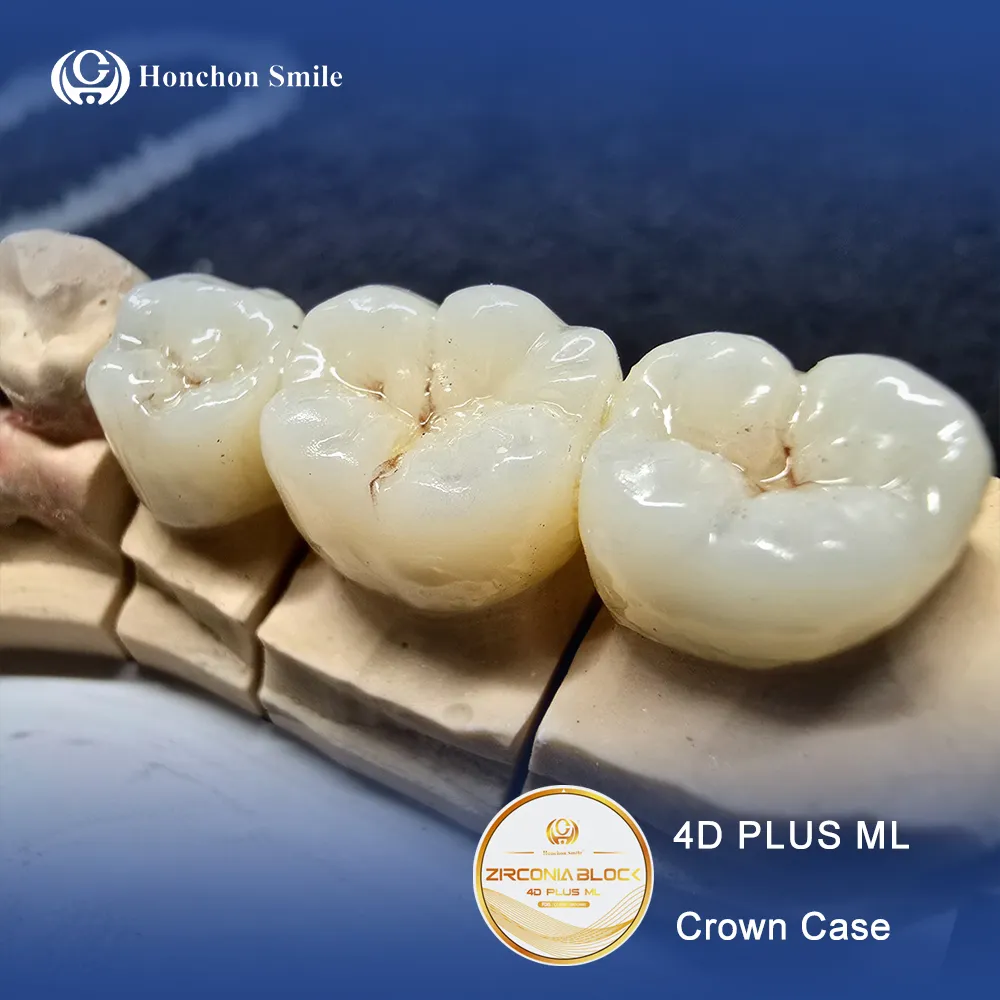In modern dentistry, the choice of restorative materials plays a decisive role in treatment outcomes. Among the many materials available, zirconia discs have emerged as a favorite for both dentists and patients. Strong, aesthetic, and biocompatible, zirconia combines clinical reliability with natural-looking results.
This article explores what zirconia discs are, their advantages, how they compare with other dental materials, and their growing role in shaping the future of dental practices.

Zirconia discs, also referred to as zirconium dioxide discs, are pre-formed ceramic blocks used in CAD/CAM dental systems. They are milled into customized restorations such as crowns, bridges, inlays, onlays, and veneers.
Key properties include:
High flexural strength, allowing use in both anterior and posterior restorations.
Tooth-like translucency and shade compatibility for natural aesthetics.
Excellent wear resistance and biocompatibility, making them safe and comfortable for long-term use.
Zirconia discs have transformed digital dentistry by enabling precise, chairside or lab-based production of restorations.
The popularity of zirconia discs can be traced to several core benefits:
Durability – Zirconia has one of the highest strength levels among dental ceramics. It resists chipping and fracture, making it ideal for molars and multi-unit bridges.
Aesthetics – The natural color and translucency mimic real teeth, ensuring restorations blend seamlessly with adjacent dentition.
Biocompatibility – Hypoallergenic and resistant to plaque accumulation, zirconia restorations support healthy gum tissue.
Precision with CAD/CAM – Digital milling ensures an accurate fit, reducing chairside adjustment and enhancing patient comfort.
Long-Term Value – With proper care, zirconia restorations last many years, offering cost-effectiveness over time.
Zirconia vs. Porcelain
Porcelain is highly aesthetic but less durable. Zirconia provides superior strength while maintaining pleasing translucency.
Zirconia vs. Metal
Metal crowns are strong but lack aesthetics and may cause dark margins. Zirconia offers strength without compromising appearance.
Zirconia vs. Composite Resin
Composite is affordable and aesthetic but less durable. Zirconia is better suited for long-span and high-load restorations.
These comparisons highlight zirconia’s balanced advantages—strength, beauty, and compatibility—that make it the material of choice for many dentists.
Zirconia discs are reshaping restorative dentistry by combining material science with digital technology:
Greater precision – CAD/CAM systems produce restorations that fit more accurately than manual methods.
Patient satisfaction – Natural-looking results increase acceptance and confidence.
Reduced replacement rate – Durability minimizes the need for frequent remakes.
Clinical flexibility – Suitable for crowns, bridges, implant abutments, and full-arch solutions.
With continuous advancements, such as multilayer zirconia blocks offering gradient translucency, the role of zirconia in dentistry will only grow stronger.
Zirconia discs stand at the forefront of restorative dentistry, delivering strength, aesthetics, and reliability in one solution. Compared to porcelain, metal, or composite, zirconia offers the best balance between durability and natural appearance.
For dental professionals, choosing zirconia discs means providing patients with restorations that last longer, look better, and feel natural. As digital dentistry continues to expand, zirconia remains the cornerstone material shaping modern dental practices.
SEO Tags / Keywords: dental zirconia discs, zirconia blocks, CAD/CAM restorations, zirconia dental material, zirconia vs porcelain, zirconia crowns